The last American hot rod wagons: Dodge Magnum and Cadillac CTS-V
It sounds like the preface to an archaeological tale. Long before the dawn of the modern SUV, those who needed to lug kids or a lot of stuff roamed North America in station wagons. Within what is now a lumbering, nearly-forgotten segment existed a rare but compelling subspecies: the performance wagon.
Few marques offered a sporting trim on their longroofs, but savvy buyers knew what to do. If you wanted a 440-cubic inch big block and heavy-duty suspension underneath your Dodge Polara or a 428 with a four-speed manual in your Ford Country Squire, you just had to tick the right boxes and you could spec some fun into your family hauler. Though subtly powerful, full-size, body-on-frame wagons such as the Buick Roadmaster went extinct in the ’90s, Dodge and Cadillac saw enough opportunity in the market to inject some life into the V-8 longroof lineage in the 2000s, if briefly. The Dodge Magnum and Cadillac CTS-V wagon are two very different animals that achieve similar goals, and both are now collectible in their own right.

Debuting in 2005, the same year as the Chrysler 300 and a year before the return of Dodge’s venerable Charger, the Magnum rode on Chrysler’s LX platform. These were the beginning of some heady years for Chrysler’s full-size cars—gone was the oh-so-’90s cab-forward design, replaced with more familiar American sedan architecture that dipped its toe in fashionable-for-the-Aughts retro design. (That said, the Magnum is perhaps the least retro of all its siblings.) And, perhaps most importantly, the Hemi V-8 that had returned in 2003 found its way underhood at the Magnum’s debut.
The 340-horse 5.7-liter Hemi V-8 that came with the R/T trim hustled the big wagon to sixty in under six seconds, within sneezing distance of the new-for-’05 Mustang GT’s 5.1-second sprint. Contemporary reviews even lauded its roadholding, or were at the very least impressed that such a hefty wagon could grip the way it did. The Magnum managed this while offering more legroom than a Chevy Tahoe and boasting cavernous storage space to boot. It did suffer from poor interior quality, however, with a sea of cheap-feeling plastic throughout the cabin. The pillbox windows did little for overall visibility.
But Dodge bet that Magnum buyers were more interested in the car’s character than minor considerations, such as how well they could see out of the car. To wit, the company went all-in on the Magnum’s personality amplification for 2006, rolling out the 6.1-liter, 425-horse V-8-powered SRT-8. Along with quicker acceleration and bragging rights owing to its 13.6-second quarter mile time, the SRT-8 received upgraded seats, 20-inch wheels, larger Brembo brakes, uprated dampers and stiffer suspension components, and a throatier exhaust. Between both V-8 optioned cars, the muscle wagon was definitively back.
The effect was noticeable on the sales floor, too—Dodge moved more than 50,000 Magnums in 2005 alone. For the 2008 model year, the Magnum received an updated interior and a front end restyling that more closely resembled the Charger. Unfortunately, the Magnum’s life was about to be cut short. Not long after the freshened cars hit the showroom, Chrysler announced in late 2007 it was canceling the Magnum. Given its healthy sales and that the Chrysler 300 soldiered on till now and the Charger has thrived, the Magnum may well have had a few more good years in it.
Despite healthy production numbers for the R/T, finding a sharp, unmolested example can be a challenge. Sourcing the much rarer SRT-8 is harder still. Prices, though, are very reasonable, and are only slowly increasing. A #2 (excellent) condition R/T model can be had for $16,000; a similar-condition all-wheel drive R/T model will fetch $1400 more (#2-condition Charger R/Ts, both rear-and all-wheel drive, come in at $15,800). If you’re looking for a top-dog SRT-8, a #2 condition car slides in just under 30 grand. Either is a big, throaty muscle car option that just happens to be able to haul stuff.
Interest in the Magnum based on insurance quotes sought from Hagerty skews toward boomers, at 45 percent. Gen X follows at 29 percent, and younger enthusiasts make up about 18 percent. These proportions have held relatively steady over the last three years, suggesting that a change in value driven by refreshed interest in these cars is unlikely to occur anytime soon.

In contrast to Chrysler’s pivot to rear-wheel drive roots and retro styling with its full-size cars, Cadillac’s Art and Science design and CTS model were at the core of the brand’s effort to reposition itself as an alternative to Mercedes-Benz and BMW. The second-generation CTS sedan rolled out in 2008, with the Sport Wagon following in 2010. Cadillac’s performance-oriented V-Series models, which took aim directly at AMG and BMW’s M, came soon after, with the second-gen CTS-V sedan debuting in 2009 and the CTS-V wagon in 2011.
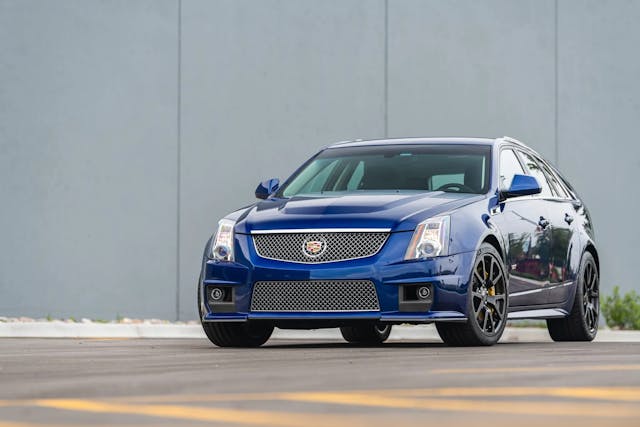
The sedan—and subsequent coupe—were impressive, but the CTS-V wagon stole the show. The 556-hp 6.2-liter LSA V-8 was backed by—joy of joys—a Tremec 6060 six-speed manual transmission. Yes, a six-speed automatic was available, too, but at the time you could count the available big wagons with manual transmissions on one hand and have four digits left over. MagneRide dampers helped ensure a balanced driving experience, and massive brakes woah-ed the two-ton wagon down as well as many sports cars. Cadillac had created a unicorn.
A bruiser if there ever was one, the CTS-V wagon got to 60 in the low fours and crossed the quarter in 12.5 seconds. The sedan version cracked the eight minute barrier at the Nurburgring, and while it was marginally heavier, the wagon didn’t lose much in the way of handling. While they do feel their weight, they’re agile and incredibly capable.
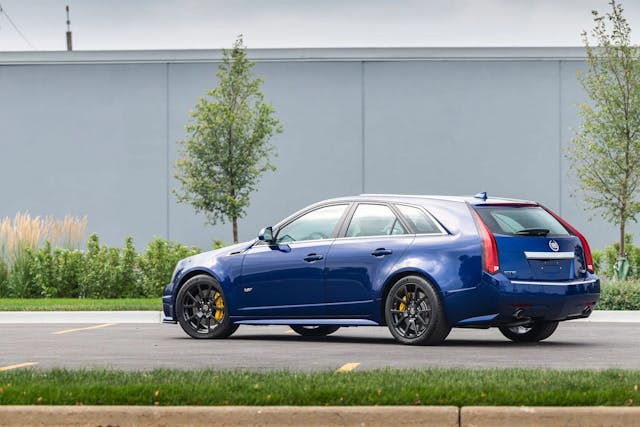
Having spent years with not one, but two CTS Sport Wagons, I can attest to the Caddy’s practicality. It’s unlikely anyone’s going to go get lumber in their now-quite-valuable CTS-V wagon, but you certainly could. Rear seat room is a bit tighter than in the Dodge, but the front seats (either base or Recaro) will happily accommodate occupants of almost any size. The interior isn’t opulent, and some surfaces feel more entry-level than the Cadillac’s European competition, but it’s cleanly designed and a comfortable cruiser.
Unicorn, though, is the operative word. As much ink as wagons get from auto writers, the modern new car buyer just doesn’t know what to do with them, much less niche models with massive horsepower and three pedals. CTS-V wagon production reflected that—from 2011-2014, only 1767 examples were made, 514 of which were manuals.
The modern car collector, on the other hand, knows well what to do with such a car. Values for the CTS-V wagon started their rise in 2019, a mere five years after production stopped, and well before the pandemic took the collector market to new heights. Today, a #2 (excellent) condition CTS-V wagon comes in at $91,700, up five percent even over the last quarter. As would be expected, manual transmissions command a strong 15% premium over automatics.
Unlike the Magnum, the CTS-V wagon has healthy interest from younger generations—a full 40% of quotes sought come from gen Z and millennials. Gen X represents a similar proportion of interest to the Magnum at 26%, while boomer interest is at 25% and receding. Over the last five years, the CTS-V wagon has placed itself in the modern collector firmament, and the demographic interest suggests it’s poised to stay there.
Despite the valuation differences between these two cars, both of them offer an experience that’s tough to find in the collector car world. People often characterize early SUVs as useful classics, but the Magnum and the CTS-V wagon arguably fit that bill more precisely. There aren’t a lot of models that offer muscle car thrills and can comfortably fit four people with all their luggage on a long trip. These last American muscle wagons are hard to beat.
***
Check out the Hagerty Media homepage so you don’t miss a single story, or better yet, bookmark it. To get our best stories delivered right to your inbox, subscribe to our newsletters.

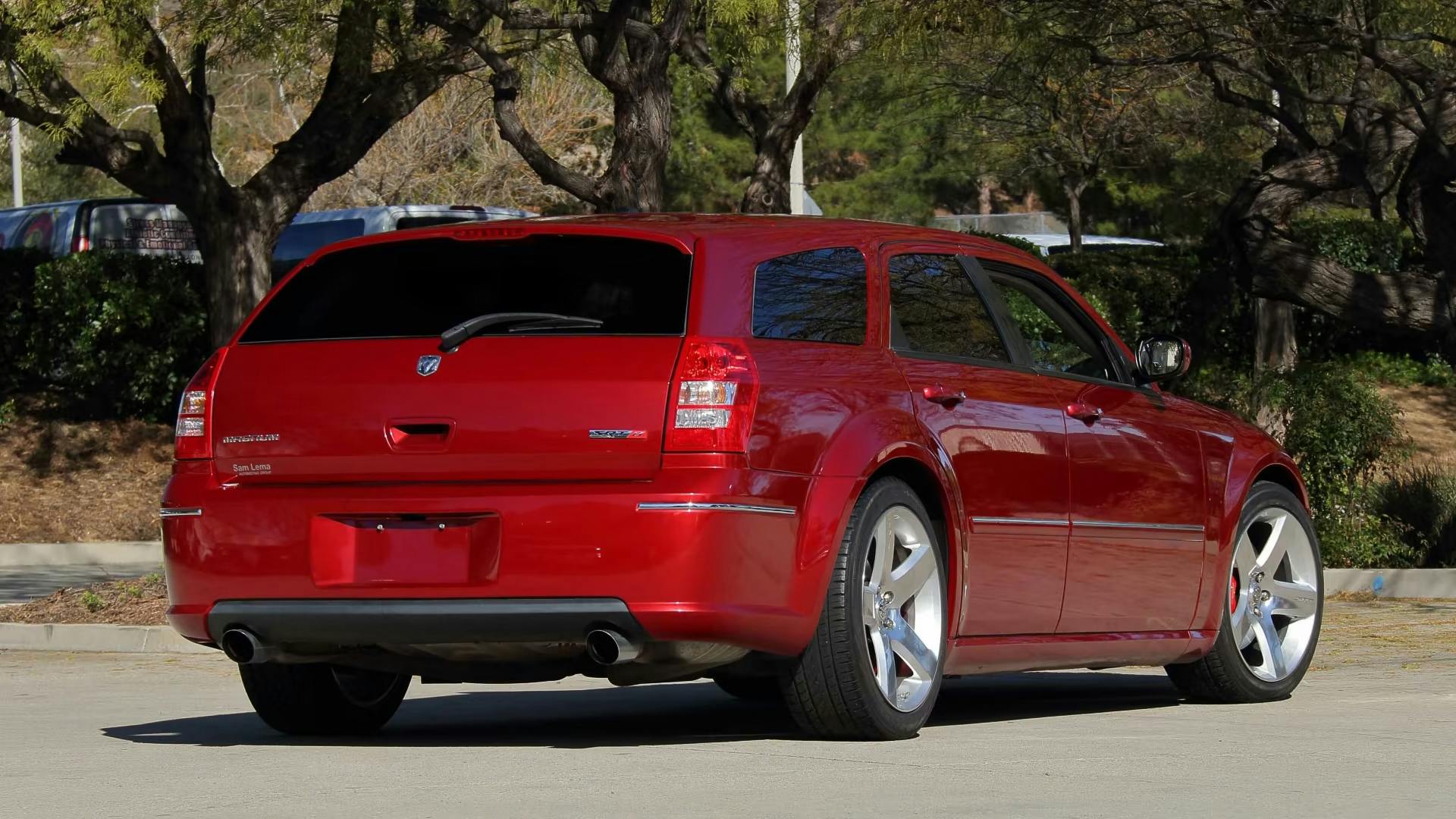
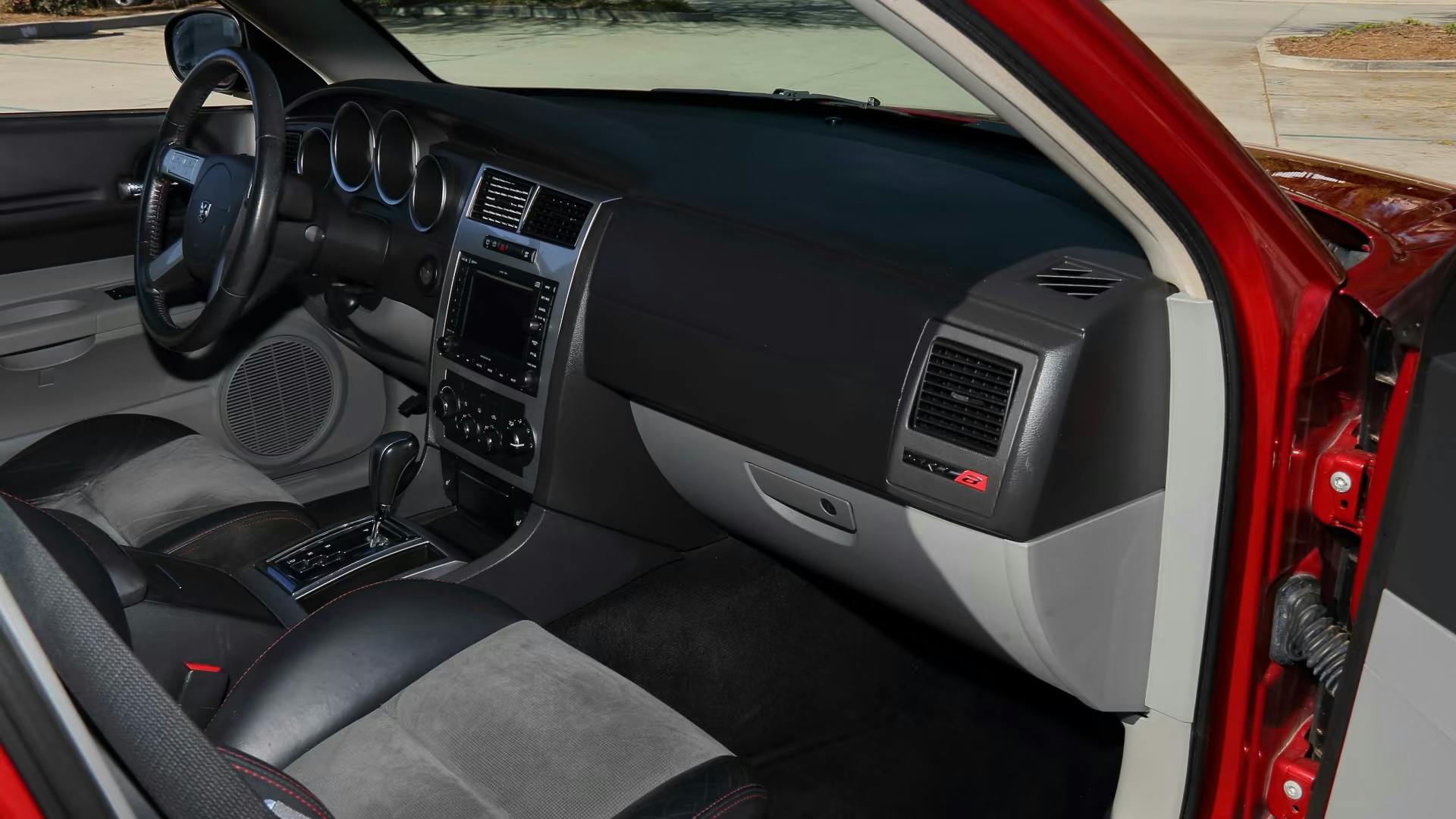
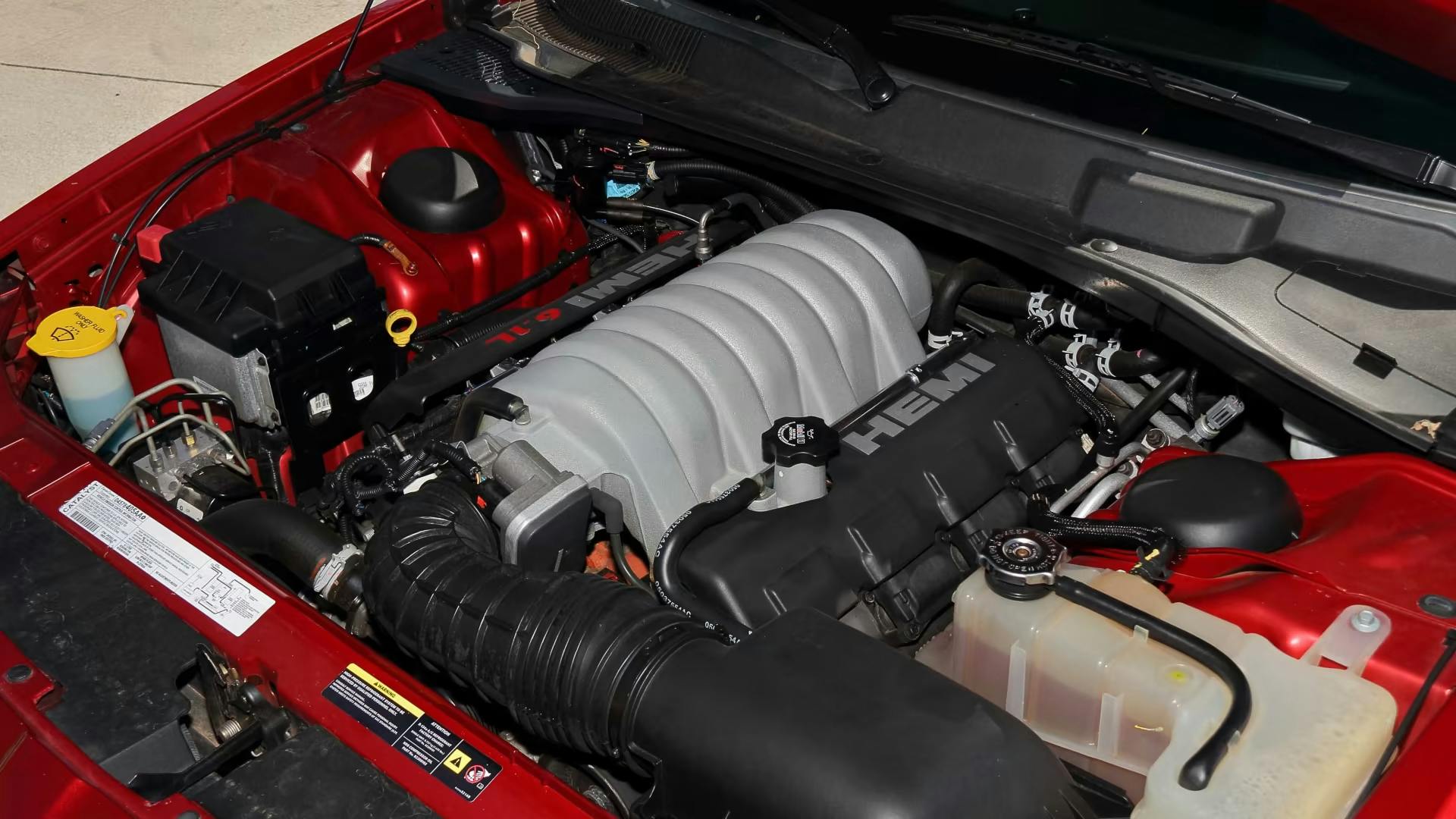
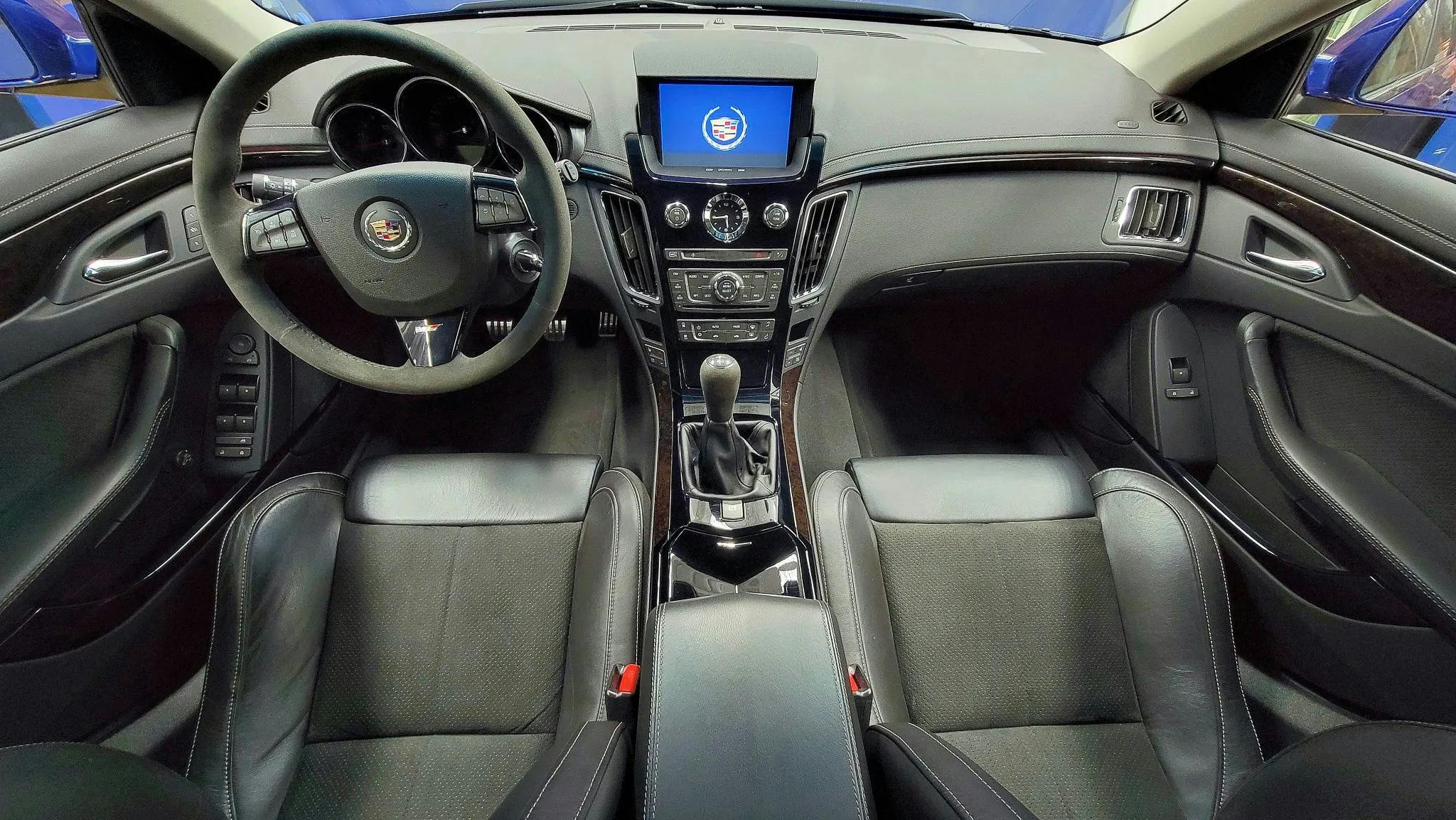
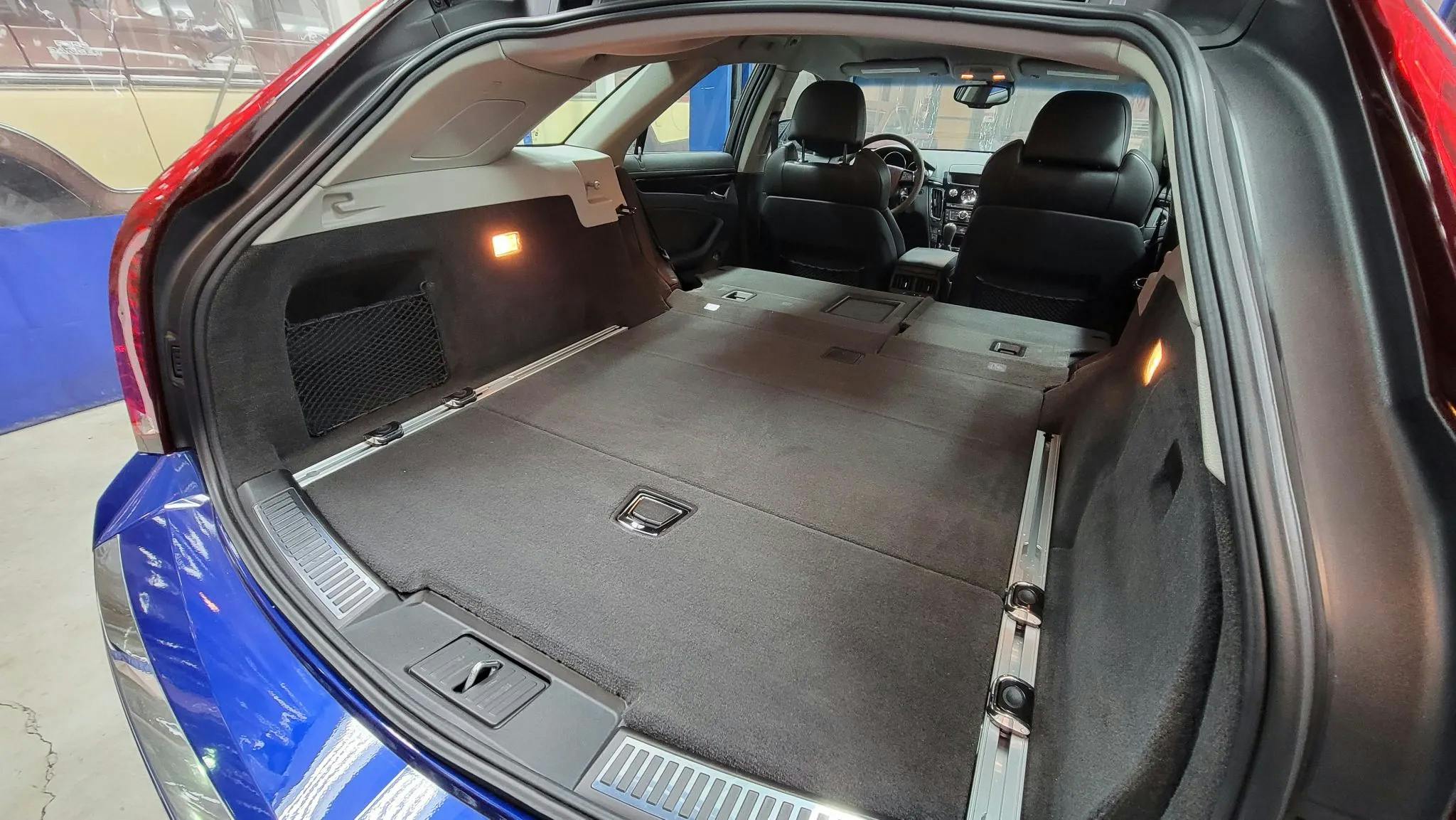


Bought my red 06 Magnum AWD R/T new in 06 and told the salesman “this will be the last new car I ever buy” and he laughed. Even got the trailer tow package and heavy duty cooling. 176,000 miles and a new motor later, I smile every time I get in it. After wanting a Hemi since the 60’s, I got mine!
I have a 06 magnum srt8 with less than 15k miles. Love the car the room inside is incredible. Runs like a brute. Own many cars so don’t drive it much but always amazing when i do. If there is one thing that tells you what year it is would be fm radio! Lack of connection.
If you love all dodge hype this definitely paved the way. I also say same thing about my 62 Plymouth Savoy if you love your Roadrunner.
Both paved the way.